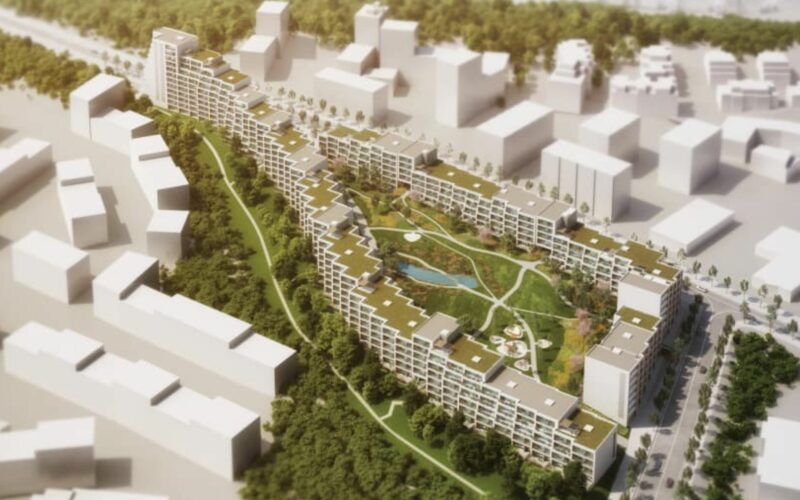Czech beer exports dropped by 4.3% in 2023, falling to 5.7 million hectolitres, according to data from the Czech Association of Brewers.
This decline mirrors the overall stagnation in the global beer market, with consumption still below pre-COVID-19 levels and not expected to fully recover until 2027, according to Statista.
Despite this dip, more than one in four Czech beers is exported, making the international market crucial for local brewers.
While overall Czech beer exports have nearly tripled over the past 25 years, recent declines have not affected all brewers equally. Heineken, in particular, saw its export volume drop by over half, losing 265,000 hectolitres.
This reduction, attributed to either market shifts in Russia or changes in Heineken’s European export strategy, knocked the company from fourth to fifth among Czech exporters. Despite this, Heineken’s domestic sales remained stable.
Plzeňský Prazdroj, the dominant player in both the domestic and export markets, also experienced a decline, with a 7.25% drop in physical exports.
However, when including licensed production brewed abroad, Prazdroj’s overall export volume remained relatively steady. Pilsner Urquell, its flagship product, continues to be brewed exclusively in Plzen, while the more mainstream Kozel brand is also produced under license internationally.
Budvar’s Continued Growth
Budvar, best known for its ongoing legal battles over the Budweiser name with American giant Anheuser-Busch, solidified its position as the country’s second-largest beer exporter in 2023.
The state-owned brewery, managed by the Czech Ministry of Agriculture, saw export growth of 4.6% and a 3.8% increase in domestic sales. Budvar remains committed to its nationalistic brand image, emphasizing its use of local ingredients and Czech brewing traditions.
The brewery exports 72% of its production, with Germany, Poland, Slovakia, and the UK being its top markets.
According to Tomas Maier, an economics professor at the Czech University of Life Sciences in Prague, Czech beer “means something with high quality, so it is still an excellent export article.”
Would you like us to write about your business? Find out more
This Saturday, August 17th, Venezuelans in the Czech Republic will gather to express their concerns regarding the recent electoral process in their homeland, along with issues related to government actions and human rights.
The demonstration is scheduled for 12h at Wenceslas Square, near the equestrian statue.
On July 28th, Nicolás Maduro and the government rejected the results of the presidential elections in Venezuela.
According to organizations such as the Carter Center, and various independent investigations, the candidate of the democratic opposition coalition, Edmundo González Urrutia, was believed to have won by a significant margin.
Following the announcement of Nicolás Maduro as the president-elect, there were widespread protests in Venezuela, which were met with a strong response from the authorities.
In the days that followed, there have been reports of arrests and other actions targeting dissidents, activists, journalists, and citizens.
To date, there have been at least 24 fatalities and more than 1,300 arrests reported between July 29th and August 14th.
Additionally, there have been concerns about media restrictions, including the blocking of news websites and social media platforms, which has prompted the UN Fact-Finding Mission to issue a statement on the situation.
Venezuelan residents in the Czech Republic also call on Czech institutions and the public to support democratic principles, freedom, and human rights.
Would you like us to write about your business? Find out more
The owner of the recently renovated Máj department store in Prague has announced that an unauthorized outdoor playground on the building’s roof will be removed and replaced with a parking area.
Karolína Šnejdarová, a spokesperson for Prague 1, confirmed the news, stating that the change is in line with the building’s original permit and approved plans.
The Máj department store, which is owned by Amadeus Real Estate, reopened in June after a complete reconstruction.
Last week, the Prague 1 construction office received notice from the investors that they had withdrawn their application for an additional permit to legalize the playground.
“All playground equipment is being dismantled, with the process expected to be completed by the end of September. The fifth-floor terrace will then be restored to its approved use as a parking area,” Šnejdarová said.
Martin Klán, a board member of Amadeus Real Estate, explained to Hospodářské noviny that the issue arose due to an oversight by the playground contractor.
“It seems the contractor mistakenly considered the installation of mobile play elements as a non-construction modification, which typically does not require a permit,” Klán said.
The Máj shopping mall reopened to the public on June 24 after a two-year renovation costing CZK 4.5 billion.
The building spans nine floors, offering shops, restaurants, entertainment centers, and a rooftop observation deck. Even before its reopening, the building drew criticism for the installation of large moving butterflies on its facade.
Would you like us to write about your business? Find out more
The railway bridge on Výton will be replaced by a new construction and will be moved to a location near the Modřany dam, where it will serve as a footbridge for pedestrians and cyclists.
The Railway Administration (SŽ) intends to replace the bridge due to its deteriorating condition, a move that has faced opposition from conservationists, local associations, and town halls.
Despite ongoing disputes about its future, the bridge’s riveted structure from the late 19th and early 20th centuries is a protected historical monument, which means it must be preserved.
A plan has been developed to relocate the bridge so it can remain in use, albeit with a reduced load capacity. The Railroad Administration has already begun an engineering study of sites near the Modřany dam, which identified a better location further downstream.

Deputy Mayor Zdeněk Hřib (Pirates) highlighted that the new site, where an existing ferry operates, is popular and demonstrates a clear demand for a pedestrian link.
Pavel Paidar, director of SŽ’s railway modernization department, confirmed that SŽ is prepared to manage both the bridge’s relocation and the construction of new supports. He also noted that the relocated bridge could be restored to include Art Nouveau elements lost during past electrification.

SŽ is currently seeking designers for the new bridge, with plans scheduled for 2027-2029 and an estimated cost of CZK 3.4 billion.
Conservationists, the Nebourat association, and the Czech National Committee of the International Council on Monuments and Sites (ICOMOS) have long criticized the replacement plan.
Would you like us to write about your business? Find out more
The death of a blind man in August at a metro station has raised questions among advocates about safety for 80,000 visually impaired Prague residents.
The President of Czech Blind United considers Prague to be one of the most accessible European cities for people with visual handicaps, but this death shows more needs to be done.
“Life isn’t ready for blindness,” says Luboš Zajíc, President of Czech Blind United. Transmitter devices costing 3,700 CZK are used to track approaching trams, but without government financial aid they can be difficult to access. The rising use of electric scooters, which can be parked and ridden anywhere, pose dangers to the visually impaired.
The city centre ‘Invisible Exhibition’ seeks to educate fully sighted people through interactive rooms in pitch black. The exhibition welcomes 30,000 visitors per year and employs 18 visually impaired people as guides.
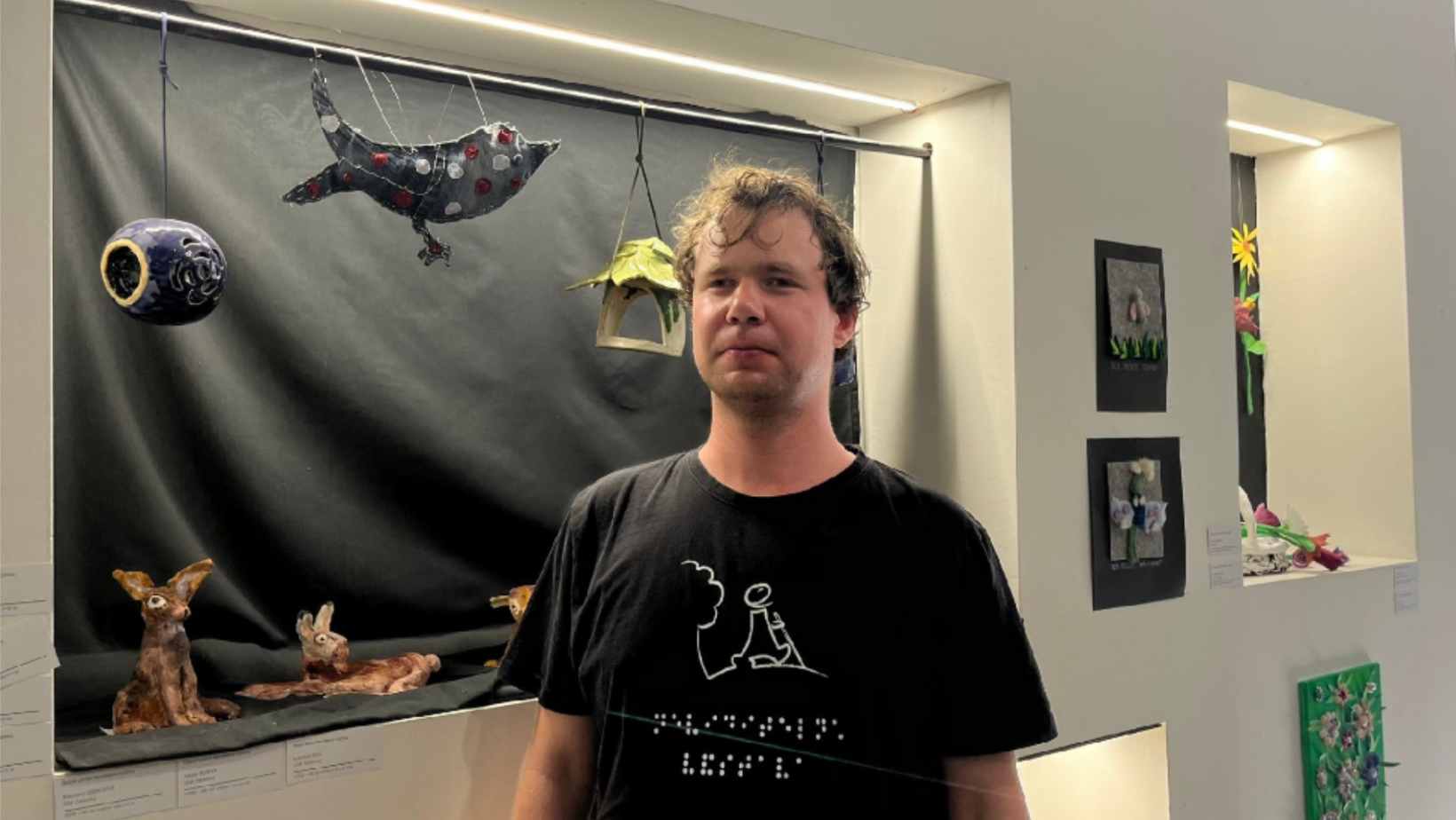
Tomáš Rous, visually impaired ‘Invisible Exhibition’ guide
“When it started, I wasn’t very happy because I thought blindness was being shown as something not normal or something comedic,” says Zajíc. After 14 years of its existence, he can now recognize its value.
“We want to experience the world as people who don’t have their sight,” says fully sighted exhibition visitor Boris Horváth. “They belong in our society as much as we do. They are not sick.”
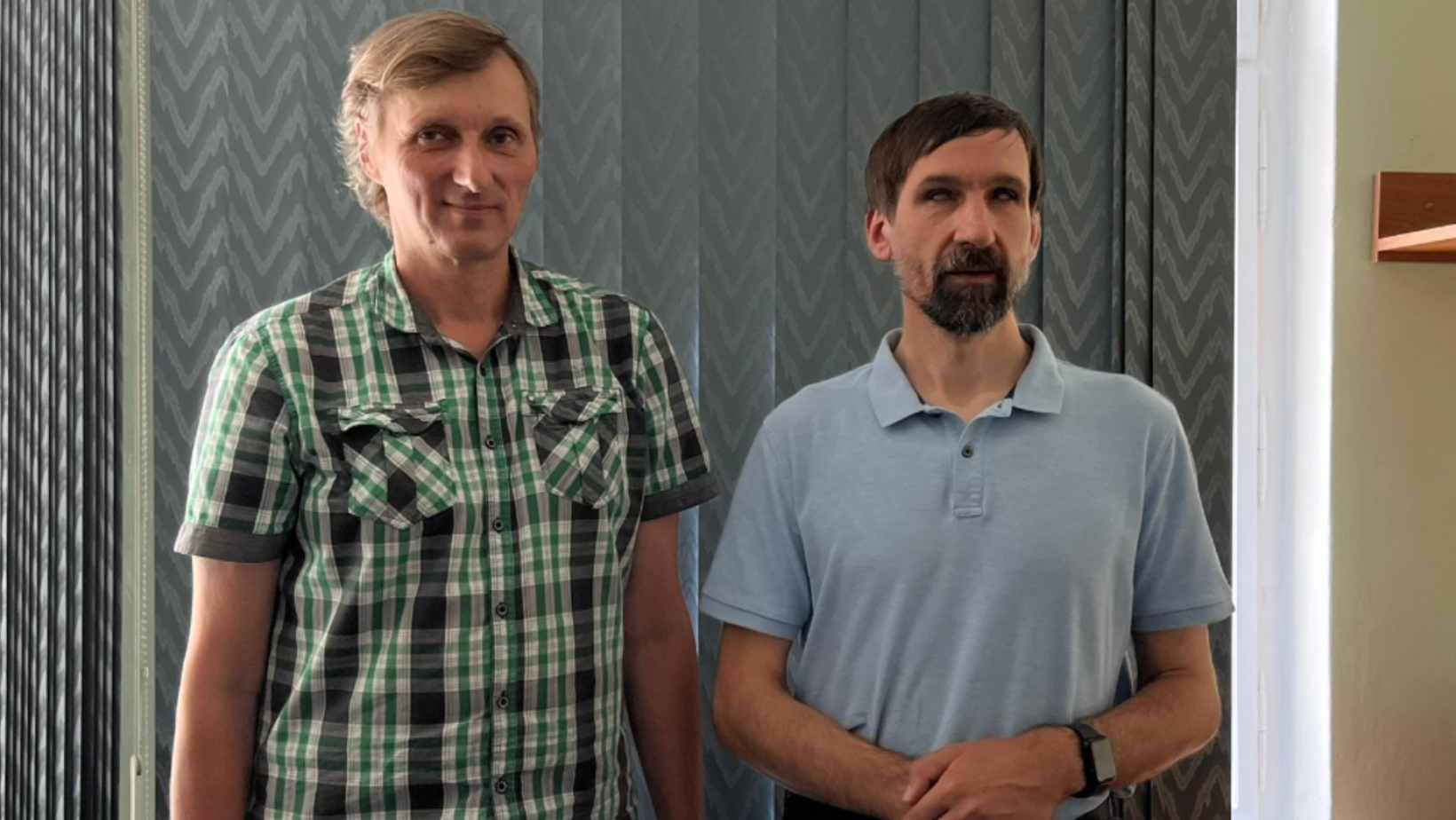
František Brašna, Head of Methodological Centre for Barrier Removal (left) and Luboš Zajíc, President of Czech Blind United (right)
Officials are testing barriers on metro line C and planning to install them on the new line D.
Zajíc wants to see the installation of raised artificial guidelines at crosswalks that can be followed by feet- not just white canes. “We must continue to fight for better accommodations,” he said.
Authors of the story: Anna Boyne, Nikodem Klata, Simona Strejčková, Hanna Karman
Would you like us to write about your business? Find out more
Prague is set to build a floating heliport on the Vltava River, following approval by the city council.
If all goes according to plan, the heliport could be operational by next year, providing essential support for rescue operations.
It will be located on the right bank of the Vltava River close to the Rašín Embankment near the Vyšehrad Tunnel, with the project estimated to cost around CZK 52 million.
“Patients will be transferred from the heliport by ambulance to the General University Hospital, the Institute for Mother and Child Care in Podolí, or Apolinar,” said Deputy Mayor Alexandra Udženija (ODS).
Currently, none of these hospitals has a suitable landing pad. Helicopters carrying patients temporarily land at Zítkovy Sady, near Palacký Square.
Mayor Bohuslav Svoboda (ODS) emphasized the importance of the new heliport, particularly for urgent medical cases. “As a doctor, I know how crucial minutes can be in emergencies. This heliport will save those vital minutes, improving access to acute medical care in the capital,” said Svoboda, who is also a gynecologist and obstetrician.
The floating heliport will measure 20 by 20 meters and will be built on unsinkable concrete floats, designed to accommodate helicopters weighing up to 9 tonnes.
The current landing site at Zítkovy Sady is only a temporary solution. It is not only close to a metro exit but also a popular park, making it difficult for rescue teams to clear the area for helicopter landings, which can cause critical delays.
Petr Kolouch, director of the Prague Ambulance Service, praised the plan for the new heliport. “It will ensure a smoother transfer of patients from the helicopter to the ambulance and increase the safety of patients, the public, and the rescue teams,” he said.
Kolouch also pointed out that a dedicated rescue heliport on the Vltava River is far more suitable than the current setup at Zítkovy Sady.
Would you like us to write about your business? Find out more
Prague locals are scaling back on eating out during the tourist season because businesses are still raising prices, so foreigners keep businesses alive.
A group of four Dutch tourists said they prefer to eat in the outskirts of Prague since the city centre is usually overpriced. “Almost everything is cheaper here compared to back home,” they said.
“People don’t go out for lunch anymore,” said the owner of Anezka, a café in the city centre. Locals have traditionally enjoyed eating out, with most restaurants offering daily specials for lunch, but this trend is now reversing. “They don’t go out as often as they used to, but they do for special occasions instead.”
Czech consumers are highly price-sensitive, Radio Prague reports, as the average price of lunches increased by 8,2 percent in 2024, from 146 Czech crowns to 158 crowns. A middle-aged Prague local, Jan, used to go out regularly four years ago, but now he cooks at home instead as it is significantly cheaper.
A Czech university student, Jonas, has seen prices rise significantly since he moved to Prague two years ago. “A glass of beer here was about 59 crowns then and now around 69, in some places, it even costs around 80,” said Jonas in a pub in central Prague.
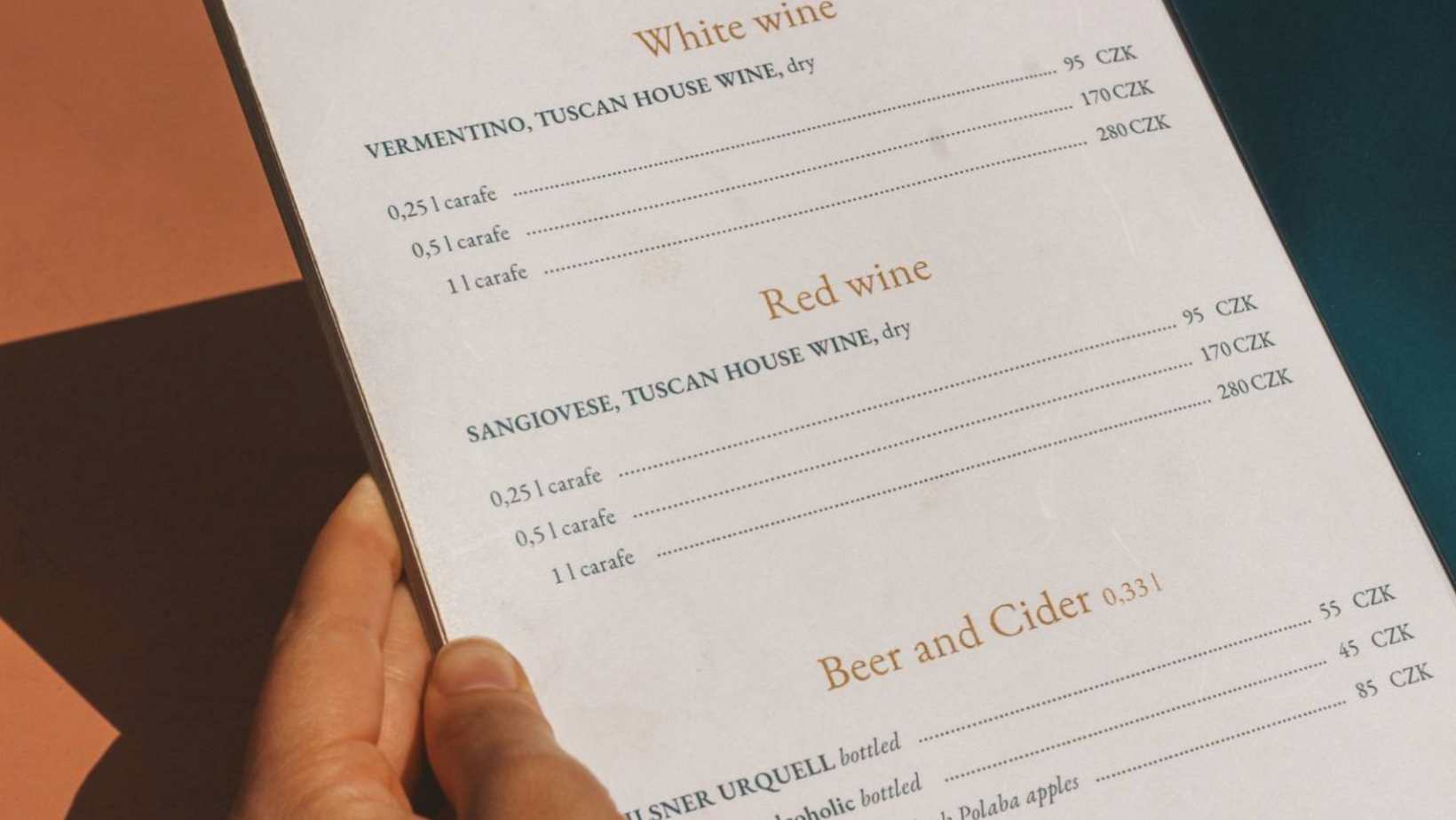
Prices in Czechia surged following Russia’s 2022 invasion of Ukraine, which sharply curtailed economic growth in Central-Eastern Europe.
The annual inflation rate in the country was the highest in the EU at 8 percent in November 2023, according to Eurostat inflation statistics.
The tourists seem to remain unbothered by the increase.
Restaurants in the capital continue raising prices, according to an owner of another pub in Prague’s centre, who wishes to remain anonymous. Energy costs alone usually account for a third of maintenance fees.
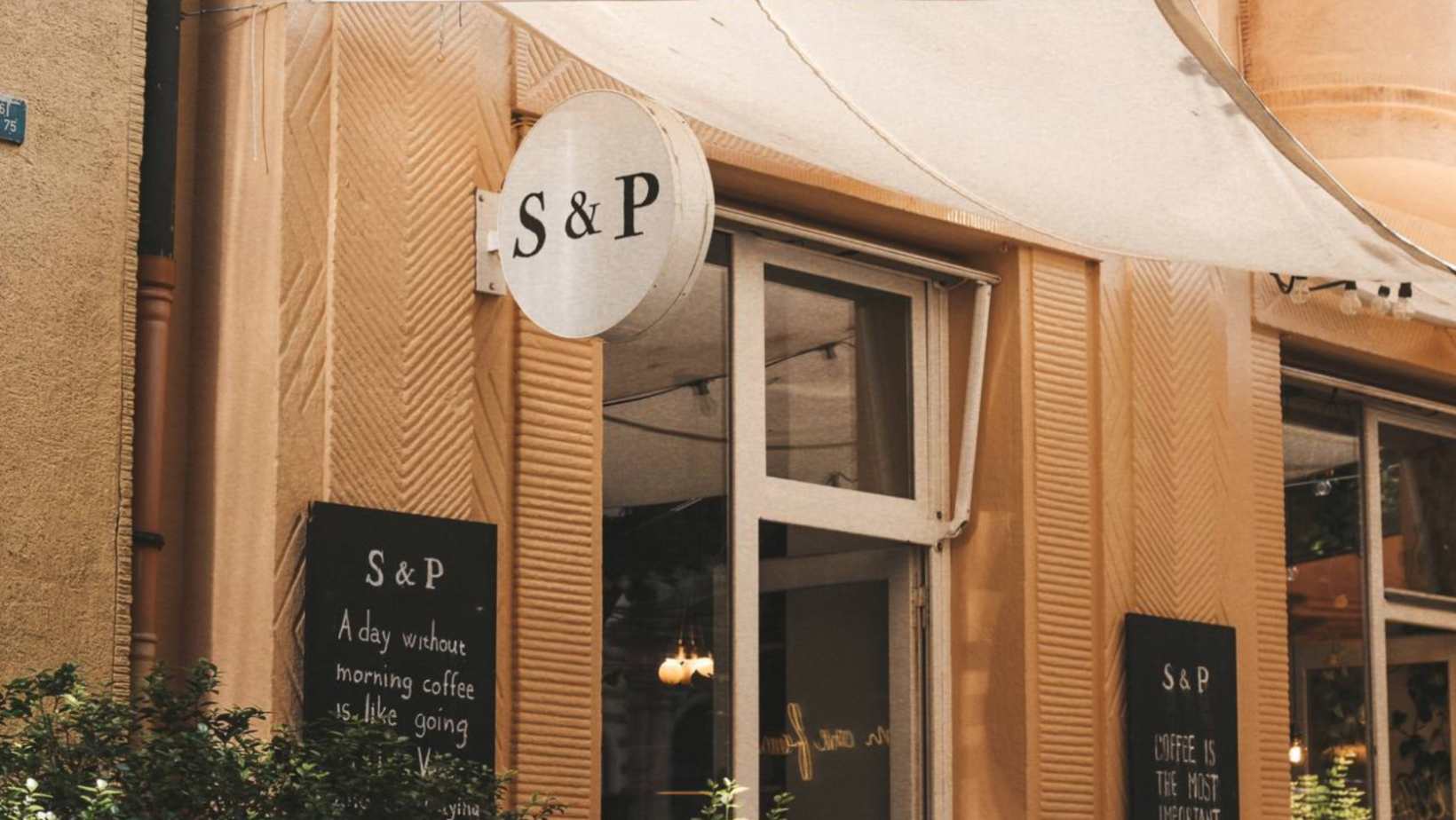
In January, the tax on food grew, increasing costs for businesses, said Ondrej Sortar who works at Sweet and Pepper Days in Vinohrady.
While the number of Czech guests dropped due to soaring prices, tourists are less bothered by it as Czech prices are lower than in Western Europe, according to Sortar.
Authors of the story: Ela Angevine, Ondrej Chlup, Yuliia Hyra, Emília Madzin. Photos: Yuliia Hyra
Would you like us to write about your business? Find out more
The Czech Republic is set to experience its hottest week of the year, with local thunderstorms and the risk of intense downpours, according to the Czech Hydrometeorological Institute (ČHMÚ).
Meteorologists warn that the latter part of the week will be particularly uncomfortable due to increased humidity.
On Monday and Tuesday, temperatures in the lowlands will exceed 30°C, with southern Moravia experiencing the highest temperatures of up to 35°C. The first thunderstorms, potentially bringing heavy rain and minor hail, may occur in southwest and western Bohemia.
By Wednesday, the western regions of Bohemia could begin to feel the effects of a temperature shift.
“Thunderstorms will be widespread in Bohemia, and could bring localized heavy rainfall and possibly small hail. However, some areas, especially in Moravia and Silesia, might not see any rain at all,” meteorologists stated.
Wednesday is likely to be the warmest day of the week, with high humidity making the afternoon particularly muggy in Bohemia.
On Thursday, temperatures are expected to drop below 30°C in most regions, except for Moravia and Silesia. Friday’s forecast remains uncertain, but a significant cooldown is anticipated over the weekend.
Would you like us to write about your business? Find out more
Construction has begun on a new underpass connecting Miloš Forman Square to Dvořák Embankment.
This underpass is a key component of the Staroměstská brána project, aimed at creating fresh urban space in Prague 1.
The project is expected to be finished by the end of this year and will not disrupt normal traffic on the embankment.
The underpass will link Miloš Forman Square with Dvořák Embankment, forming part of a larger initiative to enhance the Prague 1 area.
This development will introduce over 6,000 square meters of new functional space, stretching from Bílkova Street through to Dvořák Embankment. The plan includes adding greenery, fountains, new shops, and various services.
Additionally, the renovation of the former InterContinental Hotel is included in this transformation.
The construction work on the underpass is projected to be completed by the year’s end. Despite this, the ongoing work should not interfere with regular traffic on the embankment.
Would you like us to write about your business? Find out more
Domažlice, a small town in the Plzeň Region, is set to celebrate the Olympic gold medal win of Japanese javelin thrower Haruka Kitaguchi, who trains and lives there.
Kitaguchi, who clinched the Olympic title in the javelin throw, has become an integral part of the community. She resides in Domažlice and trains under Czech coach David Sekerák.
The townspeople have embraced her as one of their own and are rightfully proud of her achievements.
Kitaguchi’s javelin soared to a distance of 65.80 meters, securing her place as Olympic champion. Czech fans also have reason to cheer, as javelin thrower Nikola Ogrodníková won bronze with a throw of 63.68 meters on her third attempt.
Last year, Kitaguchi was honored with a commemorative medal from the local authorities, acknowledging her as a local hero.
At a special ceremony in the Domažlice town hall, Mayor Stanislav Antoš praised her contributions and dedication. “Domažlice has become a second home for you, a base for your training and development. Thank you for your exemplary achievements,” Antoš said.
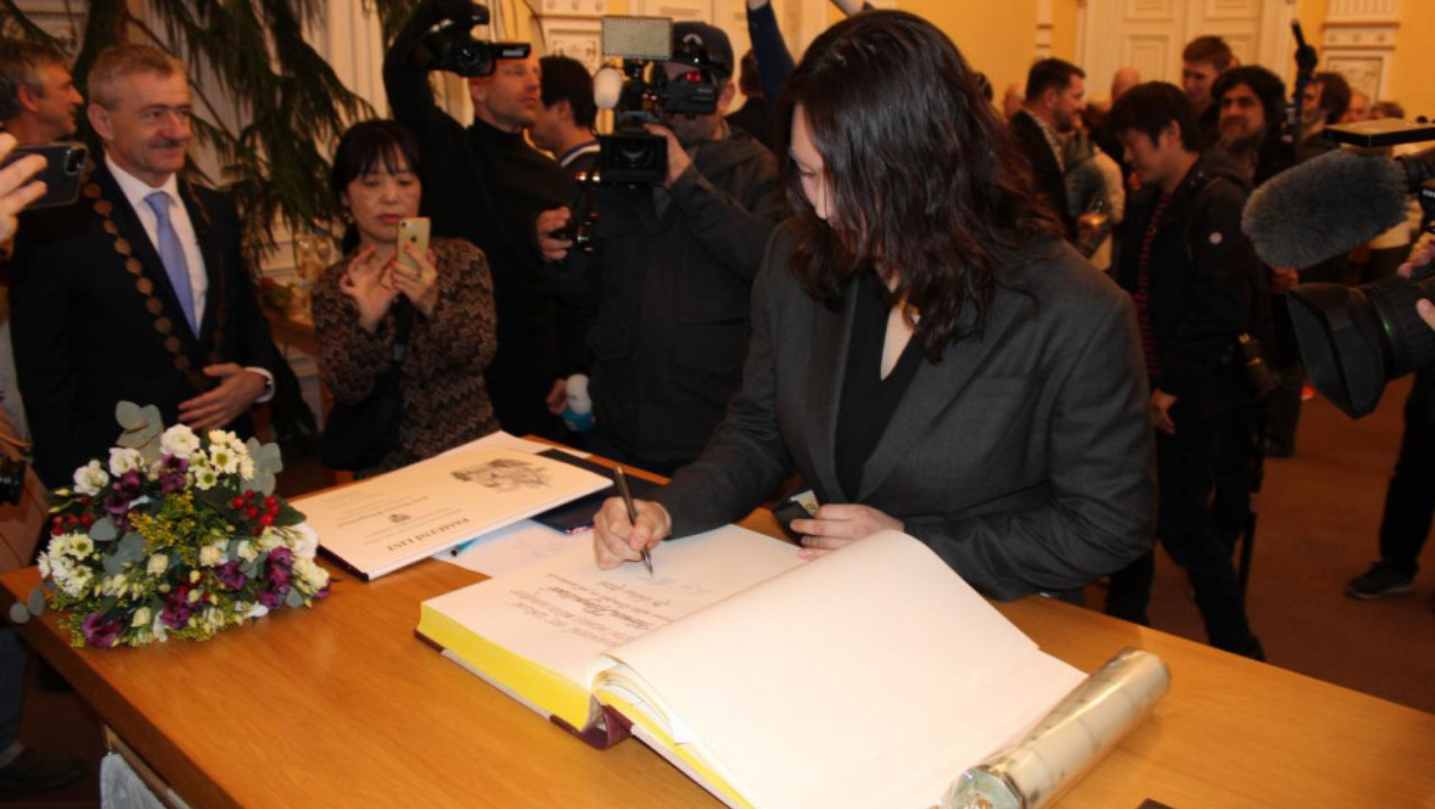
Kitaguchi expressed her gratitude during the ceremony and spoke about her preparation for the Paris Olympics. She promised to work hard and encouraged the locals to support her, which they enthusiastically did.
Her commitment has paid off, and she has fulfilled her promise by winning gold in Paris.
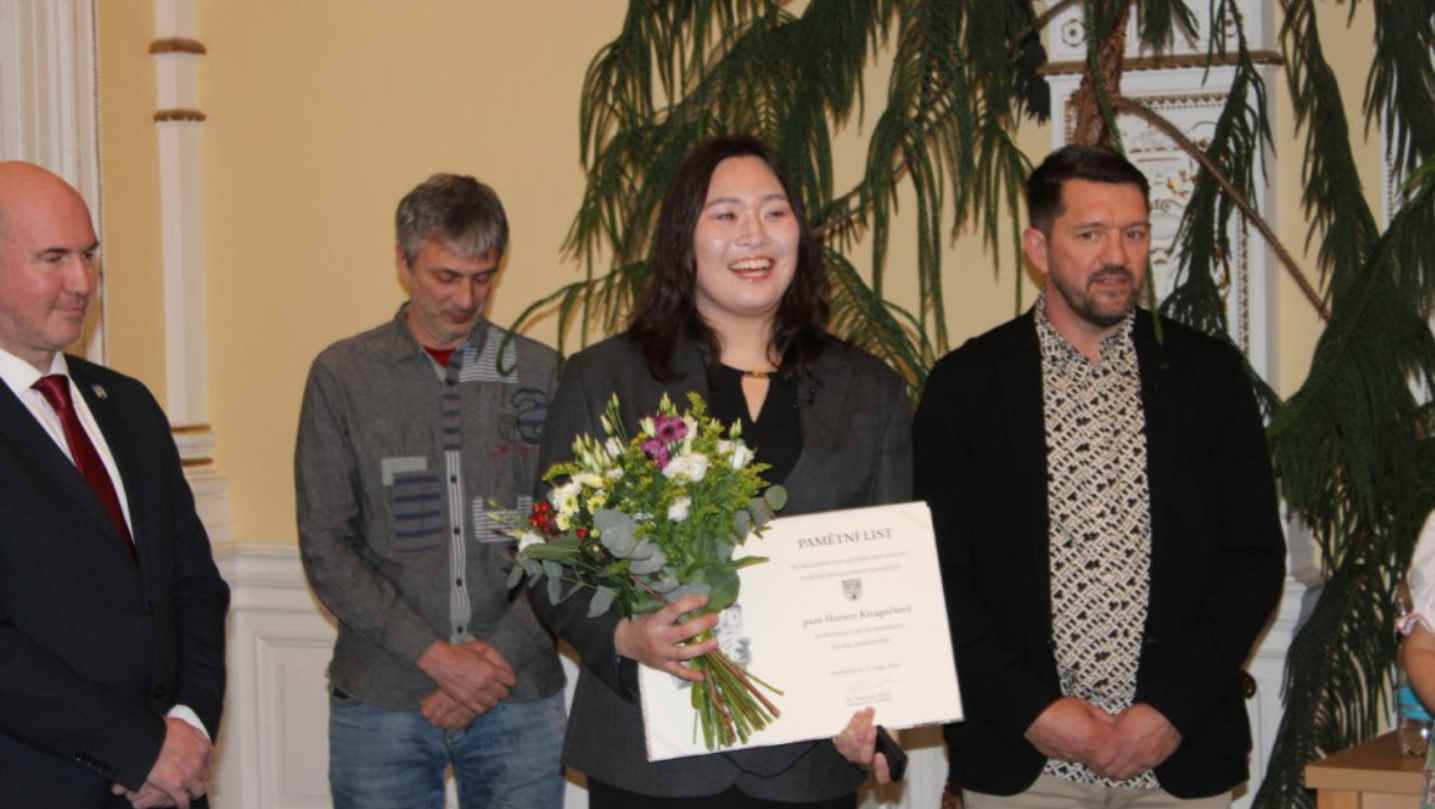
Kitaguchi, originally from Hokkaido, speaks Czech and stays at her coach’s guesthouse in Domažlice when not competing worldwide. She spends around five months a year in the Czech Republic and is a local celebrity, often recognized and greeted by residents.
A grand welcome awaits Haruka Kitaguchi upon her return!

Would you like us to write about your business? Find out more
A kangaroo that escaped from Jiřice Prison in Nymburk has returned voluntarily after a week on the run.
The kangaroo is in good health but was hungry when he returned. He is now safely back in his enclosure with the other kangaroo, the prison reported on the X network.
Last Saturday, two kangaroos managed to escape from their enclosure. While one was quickly recaptured, the other evaded capture for a week despite remaining nearby.
“Today, he hopped back into the prison on his own,” the prison stated. “The convicts and a keeper then trapped him using a volleyball net and returned him to the enclosure in a sling.”
Uprchlík z jiřické věznice je zpět. Klokan rudokrký si užíval svobody přesně týden. Dnes přihopsal do veznice sám a dobrovolně, následně jej odsouzení a chovatel lapili do volejbalové sítě a ve sklopci přenesli do výběhu k druhému klokanovi. Uprchlík je hladový, ale v pořádku. pic.twitter.com/ghWkl2TfWJ
— Vězeňská služba České republiky (@vezenskasluzba) August 10, 2024
Jiřice Prison operates as an open prison and includes a kennel that houses several animals, including kangaroos. These animals play a significant role in the therapeutic programs for inmates.
Kangaroos have been kept at the prison since 2018, as their presence helps instill a sense of responsibility in the convicts.
Why Did He Come Back?
According to Luboš Vaňek, head of the Rescue Station for Animals in Huslík, there may be other factors at play.
“The kangaroo is an herbivore, and during this period, particularly in the wild, it shouldn’t have significant issues finding food. Of course, it depends on what kind of diet he was accustomed to. If he was never exposed to wildlife or a different diet than what he received in captivity, then food could indeed be one of the reasons why he returned on his own,” Vaňek explained.
Another possible reason could be a strong attachment to his environment.
“Animals, especially those raised in captivity, can become very strongly attached to their surroundings and the familiar scents of their habitat. If such an animal escapes, it may panic and never return to its original location. This doesn’t seem to have happened with this kangaroo; he did not experience extreme stress and eventually decided to return,” he added.
Would you like us to write about your business? Find out more
After years of planning, Prague is on the cusp of a transformation.
New districts are beginning to emerge, famous squares are getting facelifts, major railway stations are expanding, and a new bridge will soon span the Vltava River.
According to the Institute of Planning and Development, Prague’s population could reach 1.67 million by 2050. The number of foreign residents is expected to nearly double, and tourism is likely to keep growing. To accommodate this, the city will need to expand its housing, public transport, and cultural amenities—and this is no distant future.
Entire new districts with residential and office spaces are already under construction in Smíchov and Rohanský ostrov, with potential developments in Bubny and Žižkov on the horizon.
Wenceslas Square:
Trams are making a comeback to the upper part of Wenceslas Square. The new tracks will link the Main Railway Station with Vinohradská Street, offering residents another option for traversing the city’s districts, which were once divided by a major thoroughfare. Work on the 550-meter-long tram line from the National Museum to the middle of the square began this summer and is expected to take three years, with an estimated cost of CZK 1.24 billion.
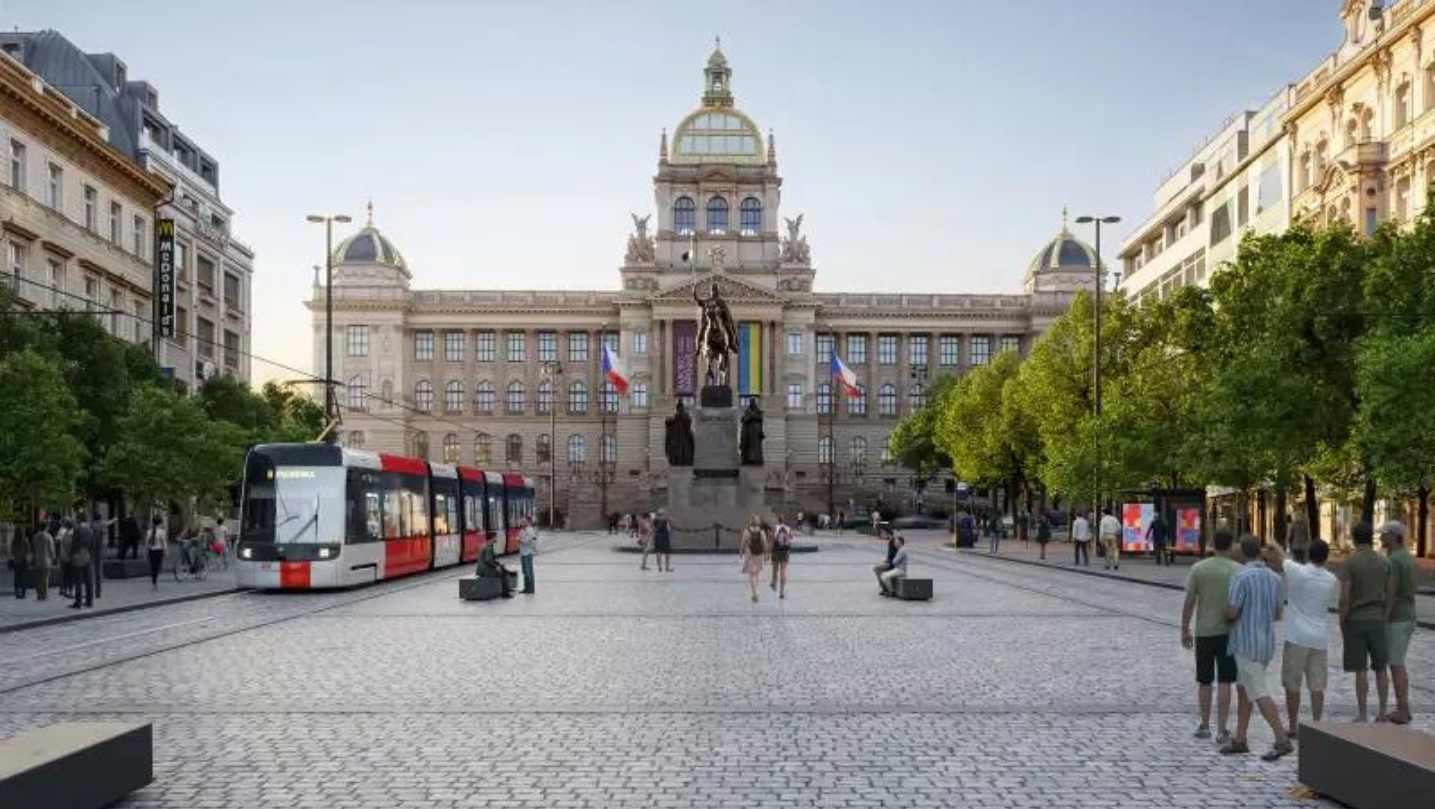
Savarin Palace:
Located just steps away from Wenceslas Square, the Baroque Savarin Palace on Na Příkopě Street is nearing the completion of a major renovation by the developer Crestyl. The project is expected to be finished by the end of the summer, with shops opening in the fall. In the next phase, the company plans to create a retail and office complex with arcades and underground spaces around the palace, connecting Na Příkopě, V Cípu, and Jindřišská streets with Wenceslas Square.
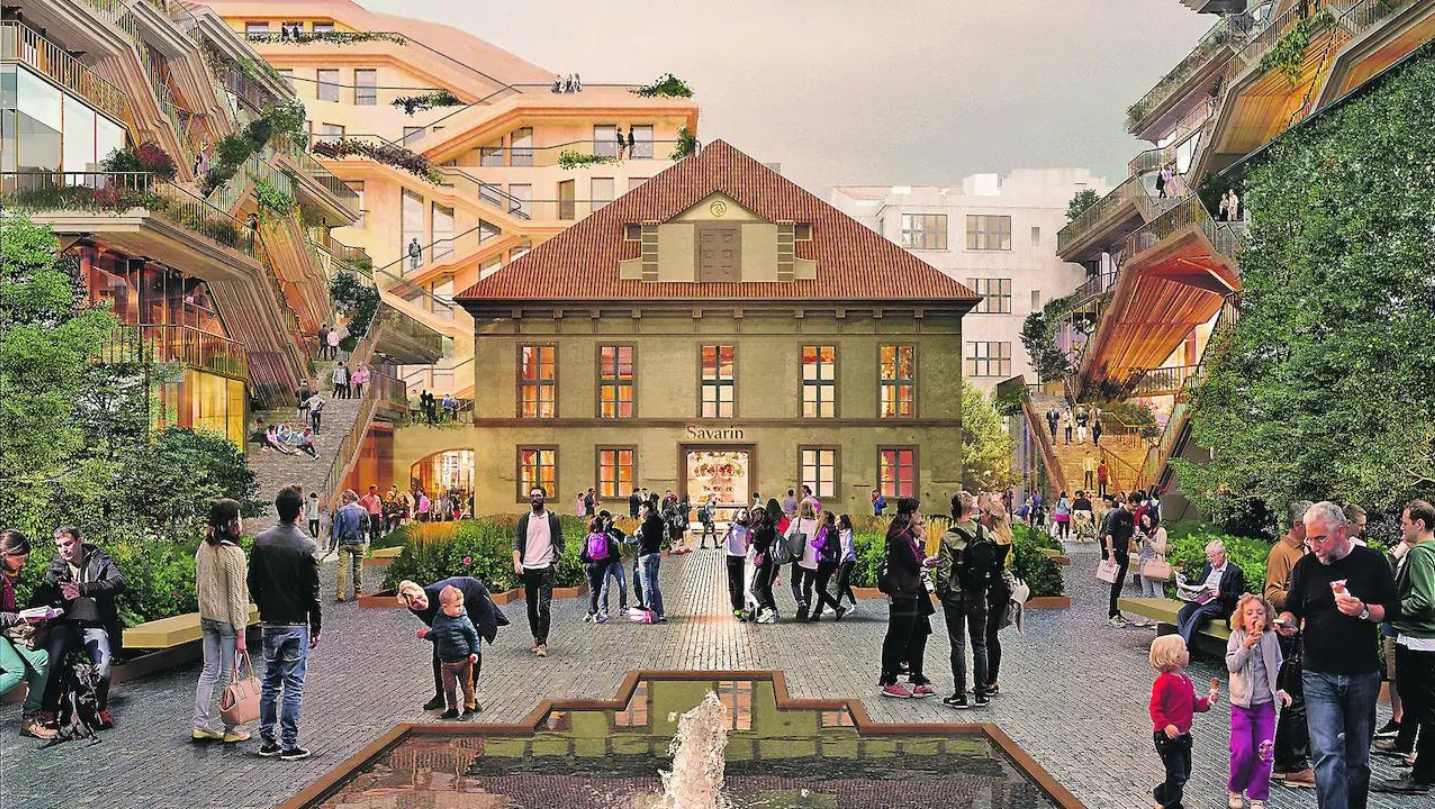
Prague Main Railway Station:
Prague’s Central Station is at the center of significant investment by the state, city, and private sector. The most debated project involves the Railway Administration’s plan to rebuild the check-in hall, which is currently in poor condition and inadequate for future needs. However, the design by Henning Larsen Architects of Copenhagen has faced criticism.
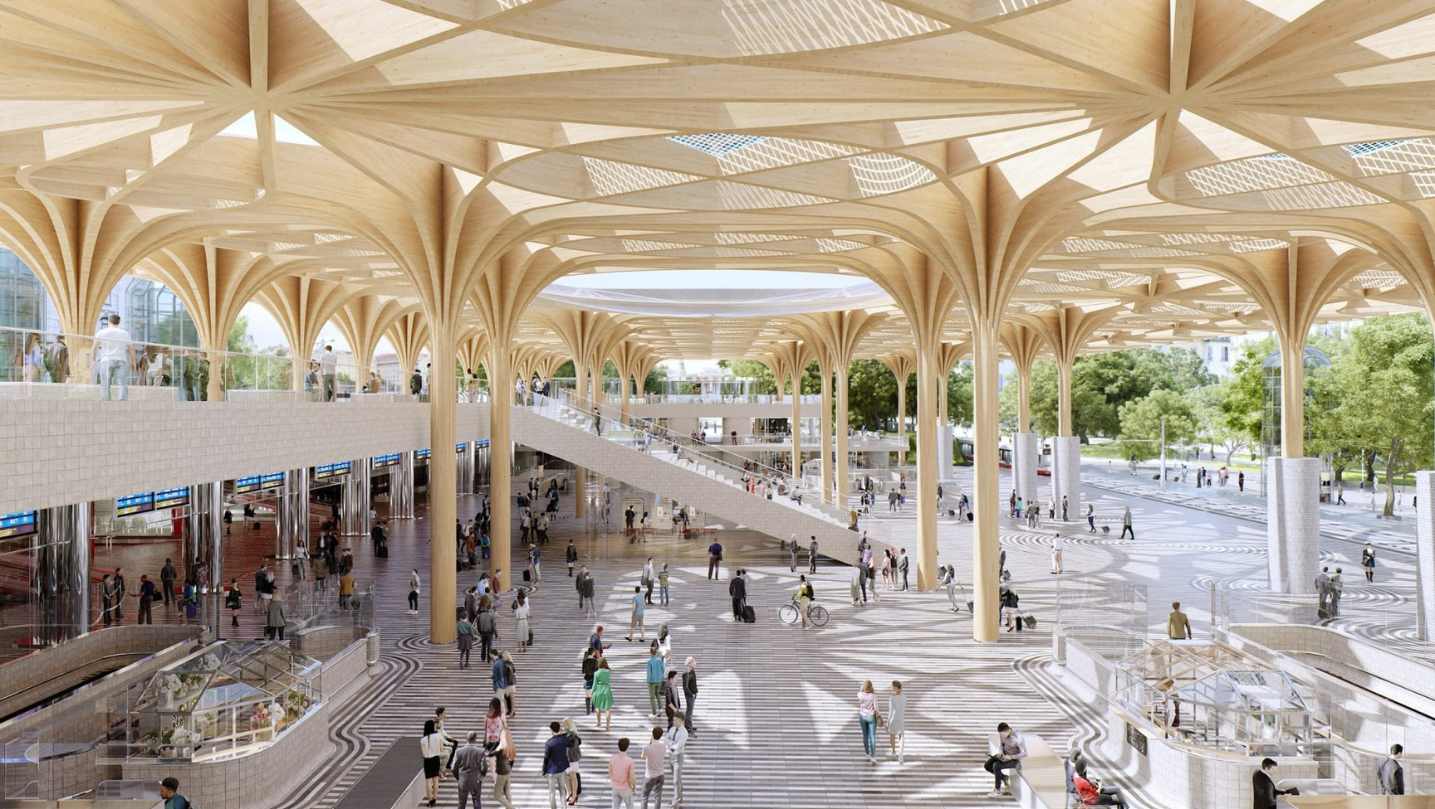
Masaryk Station:
Recently, excavators began work on dilapidated buildings along the existing tracks at Masaryk Station. The Railway Administration plans to build new tracks here to accommodate trains arriving from the airport. One of the most notable changes will be the roofing over part of the track, allowing pedestrians to walk from Florenc to Hybernská Street.
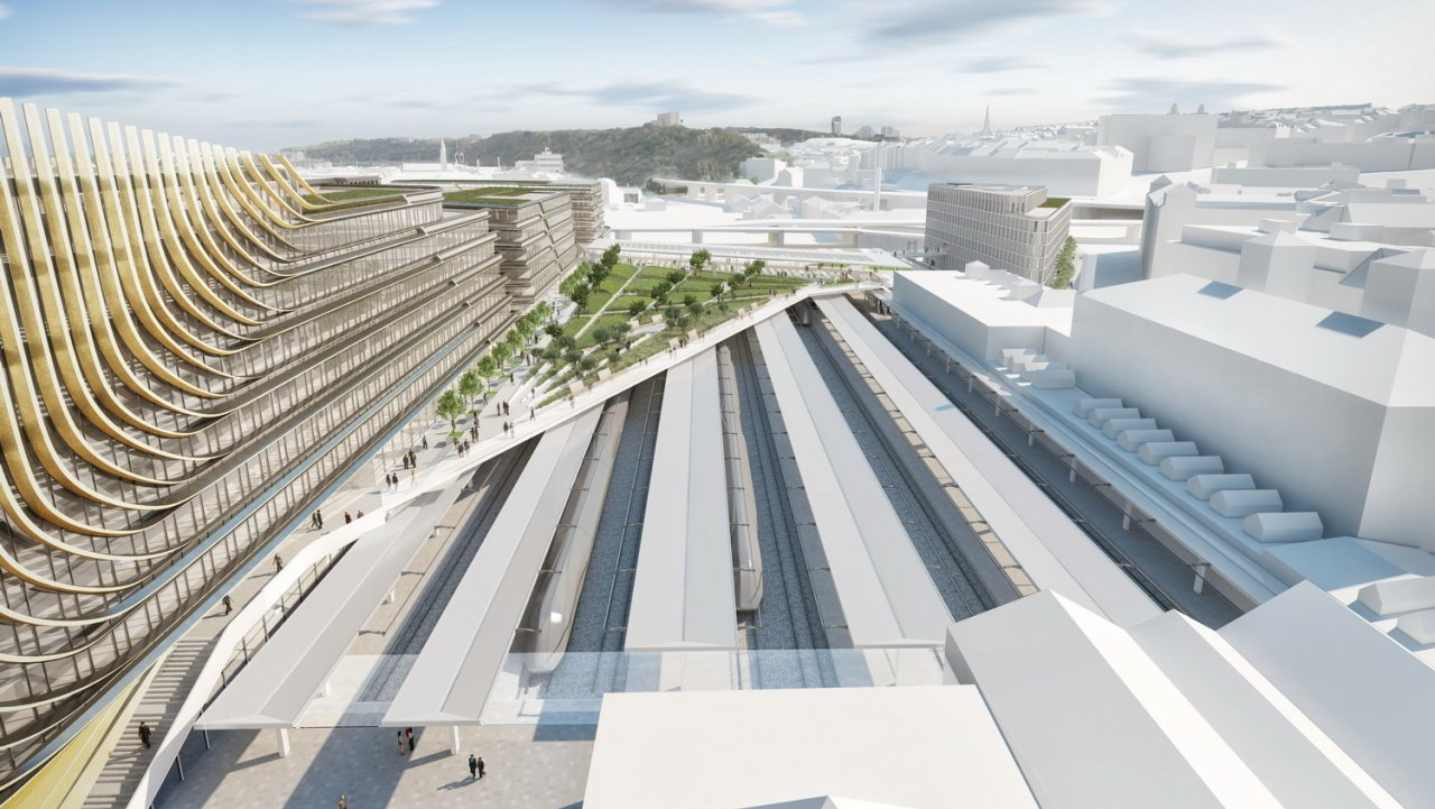
Smíchov City:
New office and residential buildings are already under construction near the Na Knížecí bus station. In June, the developer launched the next phase in the southern part of the brownfield site, including the new headquarters of Česká spořitelna. A pedestrian boulevard connecting Smíchov railway station with Na Knížecí will be named after Madeleine Albright.
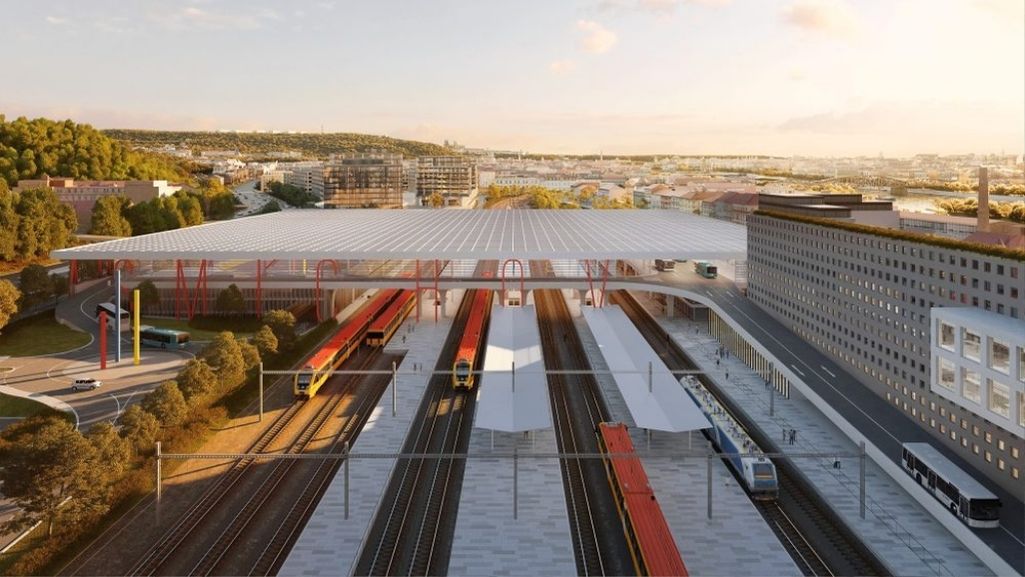
Dvorecký Bridge:
A new bridge is rising over the Vltava River near Smíchov, linking Prague 4 and Prague 5. Construction of the Dvorecký Bridge is progressing rapidly, with the horizontal section, or bridge deck, already being prepared for concrete pouring. The bridge will have five piers, two of which will be in the riverbed. It will serve public transport, pedestrians, cyclists, and emergency vehicles. It is expected to open by the end of next year.

Vltava Philharmonic Orchestra
The Vltava Philharmonic Hall is one of the most anticipated architectural projects in Prague in the coming decades. It will become the main initiator and accelerator for the development of the neglected area of Bubny-Zátory. The building will be home to the Czech Philharmonic, the FOK Prague Symphony Orchestra and the Music Department of the Prague Municipal Library.
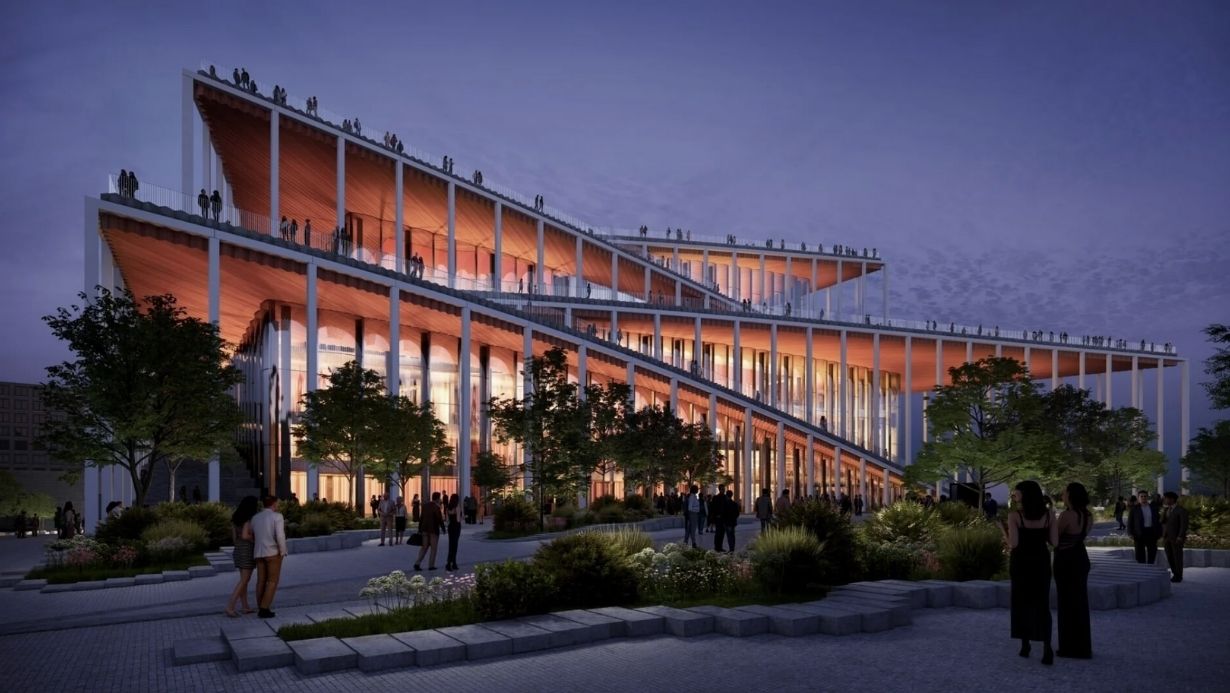
Rohan Island
Two developers are working on Rohanský ostrov – Sekyra Group with its Rohan City project and J&T Real Estate with its Nový Rohan project. Apartment buildings and office buildings are being built here. The fact that the location is extremely attractive is proved by the recent announcement of Creditas Bank, which has decided to buy the office building project from Sekyra. The adjacent area near the river is to be turned into a large park, in which the municipality is investing for a change.

Žižkov Freight Station
Over the hill from Karlín is another large development area. The municipality wants to buy the historic building of the station, where commercial, retail and office space could be built, and possibly also apartments. A decision on the purchase of the listed building could be made as early as this year. A tram line will run through the new district.
